As the days grow longer and temperatures rise in March, it's an ideal time for sowing a wide array of flowers and vegetables.
Many seeds can be planted straight into your garden soil while others should first be germinated indoors until any danger of frost has passed. For crops like chillies and tomatoes, it is best to sow them early in the year in order for the plants to have plenty of time to mature. Fast-growing vegetables such as beetroot and salads can be planted earlier on so that harvesting may begin during late spring or early summer; however, you can keep sowing a few weeks apart for an extended harvest period.
Find out which of our favourite vegetable crops you can sow in March, below:
Beetroot
Taking advantage of the cooler March temperatures, you can sow your beetroot seeds with ease.
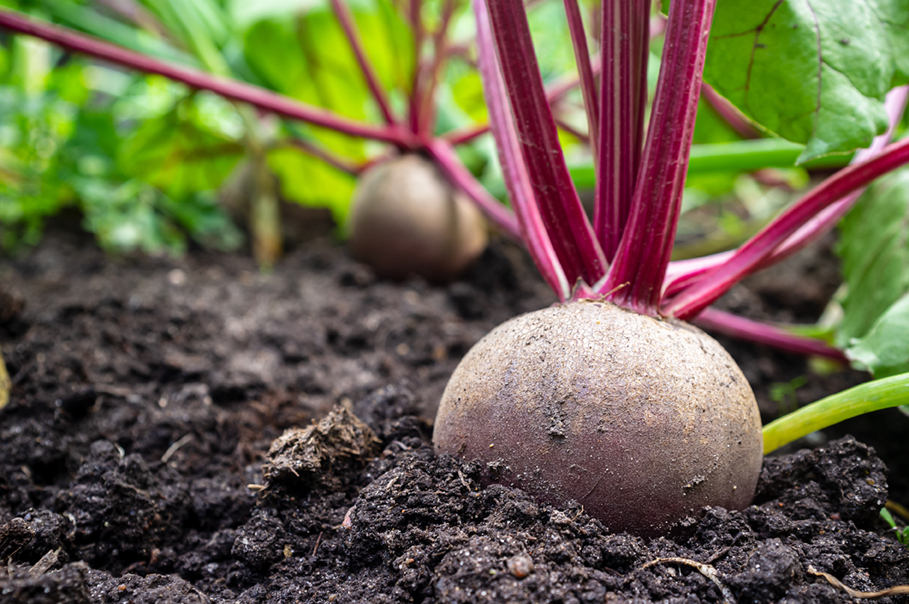
Just create shallow drills in the soil and cover them lightly with compost or soil. When they reach a golf-ball size, the deliciously juicy beets will be ready to harvest.
Sweet Peppers
To ensure your sweet peppers thrive to their fullest potential, they require warmth and ample sunlight. Planting them in pots is ideal, especially if you have a greenhouse handy.
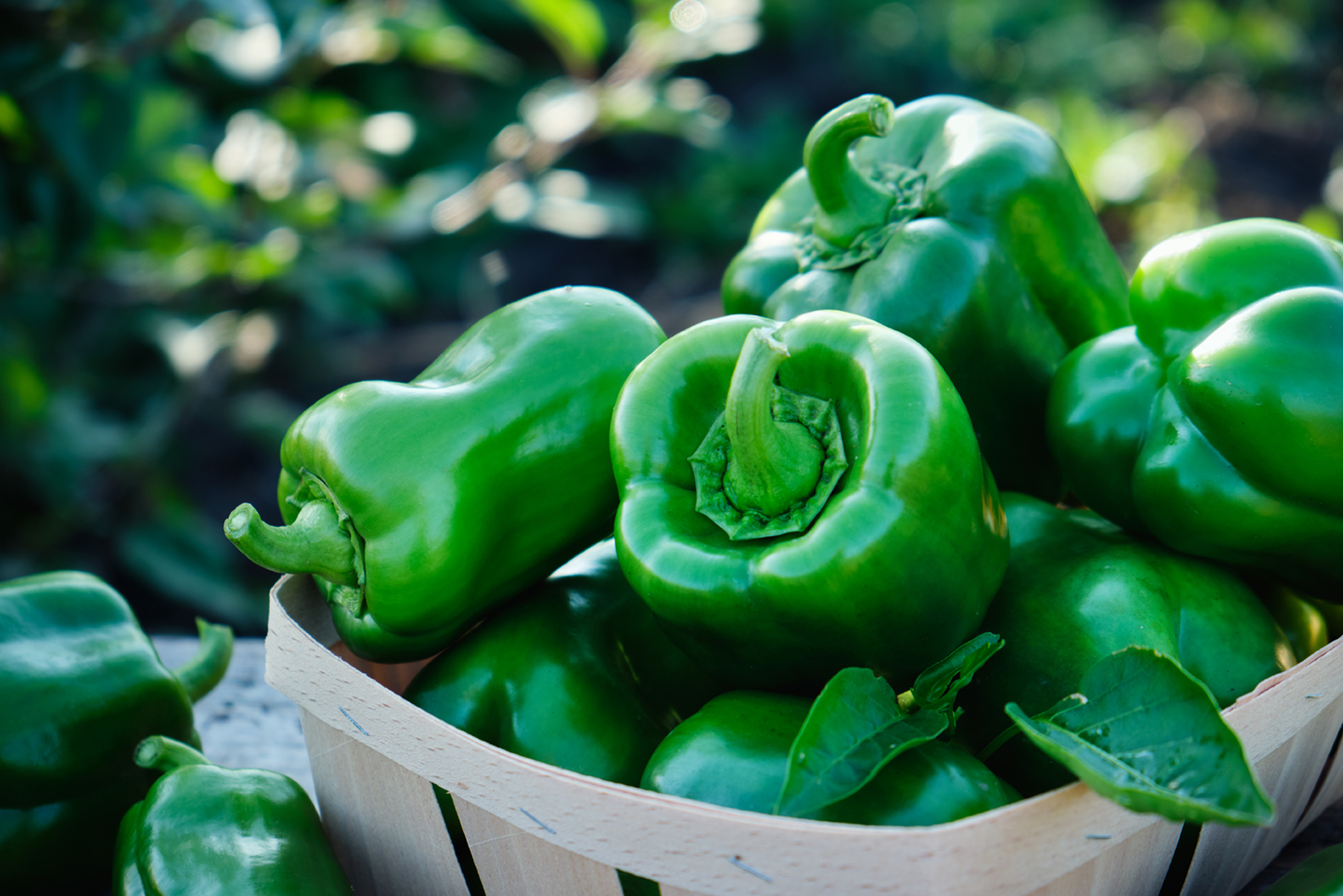
Start by sowing the seeds on moist peat-free multi-purpose compost - making sure that they are slightly covered with either compost or vermiculite. Place a plastic bag over the top of the pot (held in place by an elastic band) to create your own miniature greenhouse effect. You can place this setup near any sunny windowsill inside or for ease use a heated propagator instead. Once your seedlings appear, remove the covering so light and air can reach them.
Broad Beans
Plant broad beans directly in your garden, 30cm apart for a bountiful harvest of tender pods. They are simple to grow and can even be grown in pots. Plus, the young shoots make delicious additions to salads.
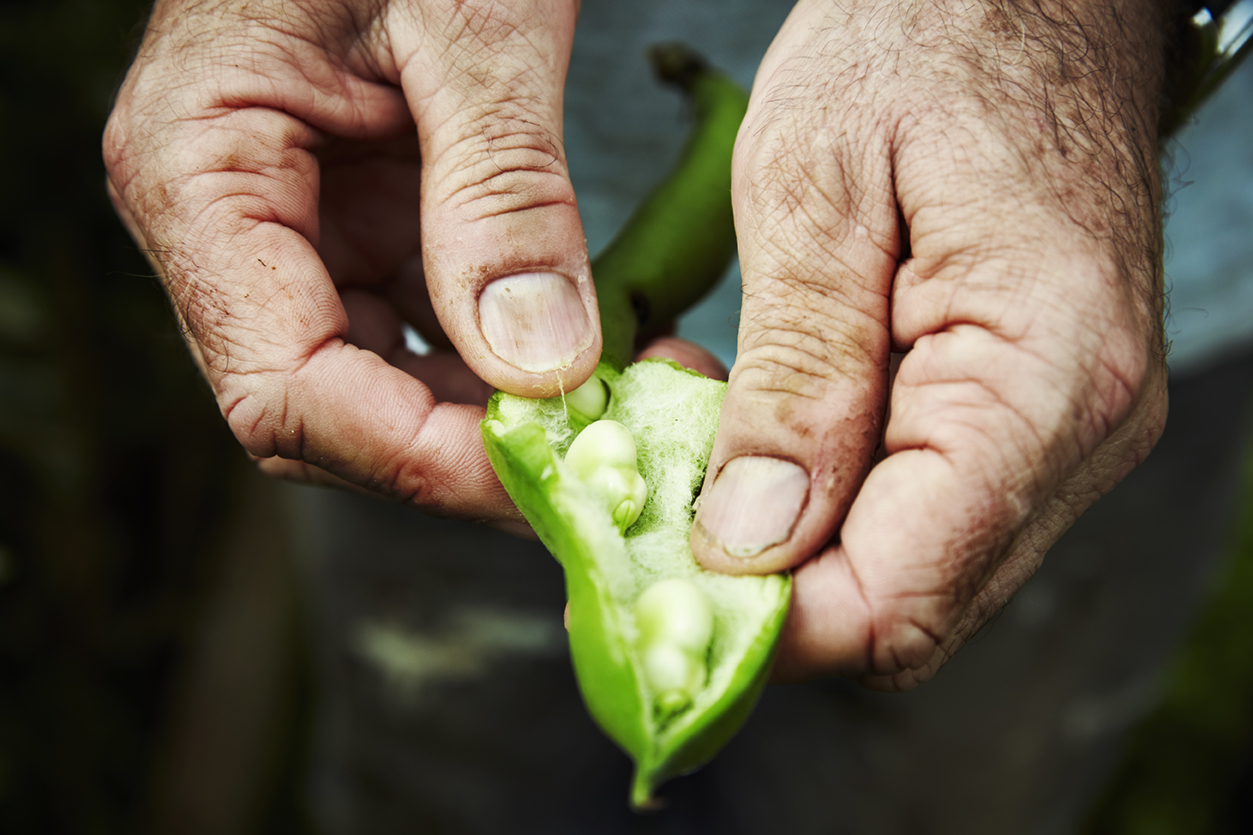
Potatoes
To grow potatoes, you can either put them in the ground or in pots.
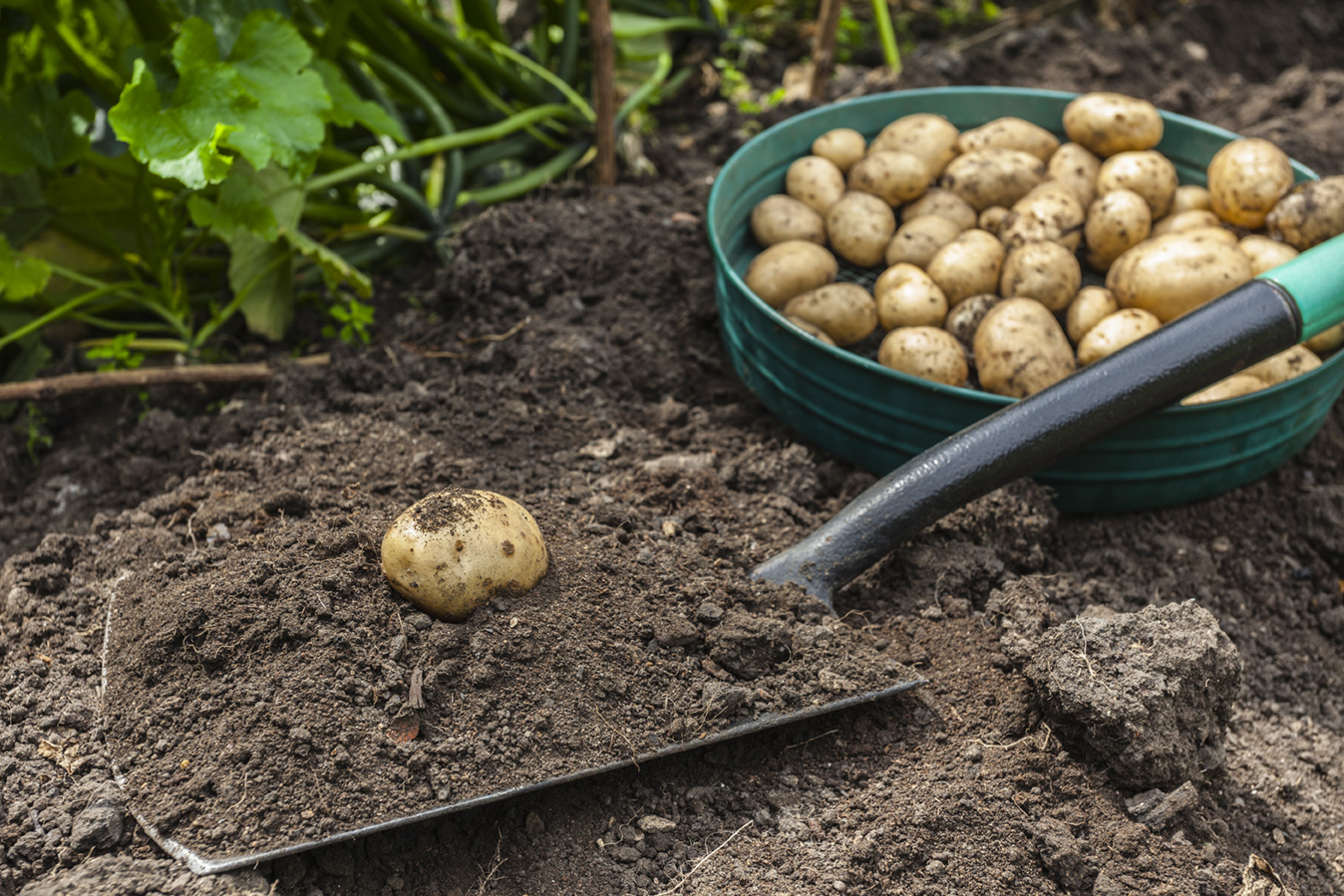
Start off by putting your seed potatoes into egg boxes or seed trays and placing them on a cool windowsill to promote shoot growth. By the end of the month, move these sprouting tubers to pre-dug trenches or containers filled with 10 cm of compost before adding a second layer also 10cm high.
Tomatoes
Growing tomatoes can be an easy and rewarding experience. Bush, tumbling, or cherry varieties are ideal for containers while cordon types work best in the ground or in grow bags.
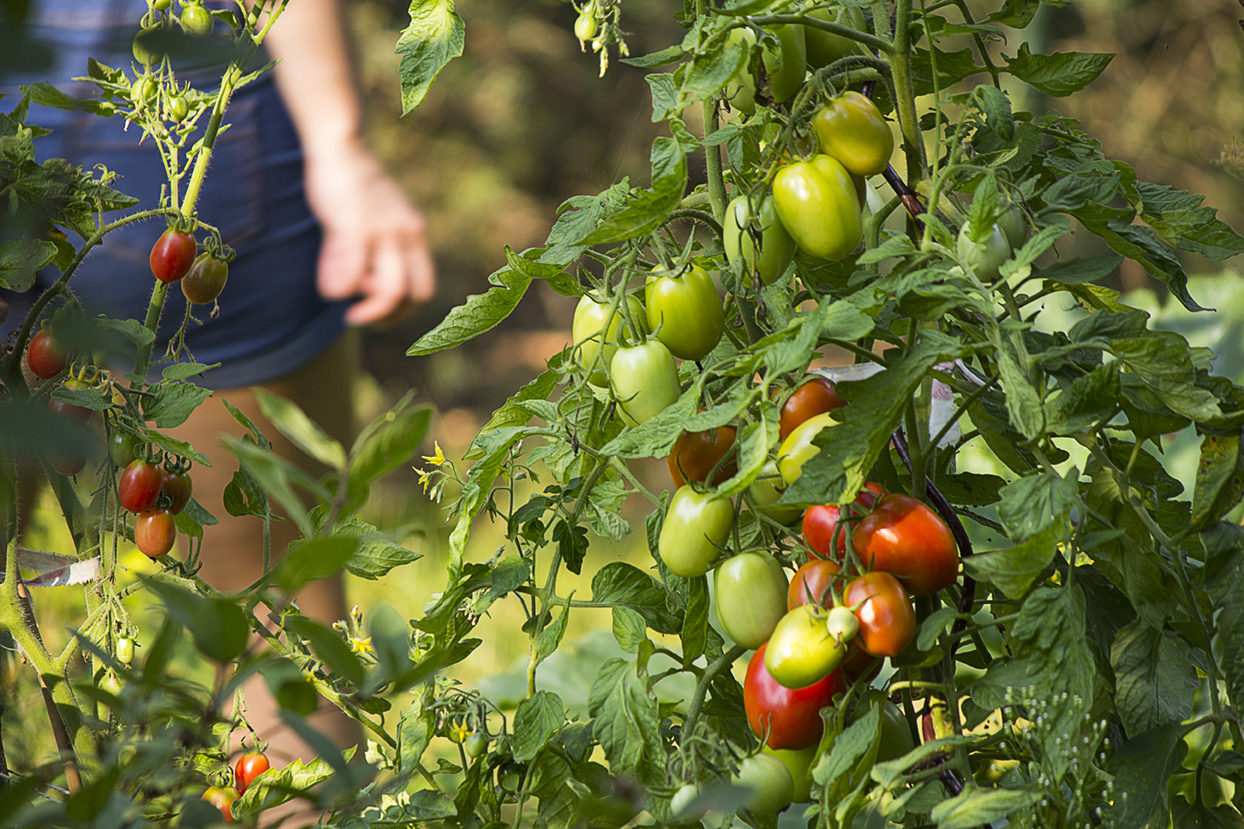
Start off by sowing your tomato seeds onto a moist surface of peat-free multi-purpose compost then cover with either vermiculite or more compost. Create a mini greenhouse effect by placing the pot into a clear plastic bag held down with elastic banding to retain moisture and heat levels which encourage germination. Place this setup somewhere warm such as near a sunny windowsill or heated propagator, removing it when seedlings sprout.





